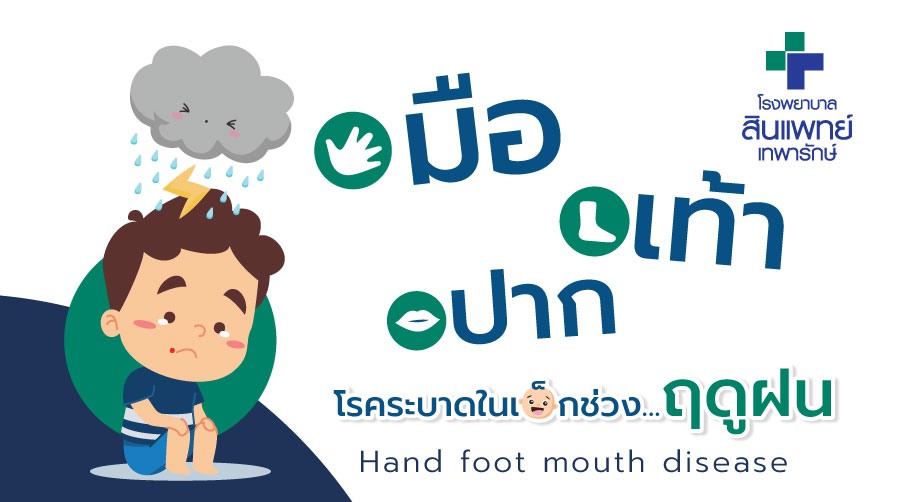Apr 15, 2025

Hand, Foot, and Mouth Disease (HFMD) is a common viral illness in young children, particularly during the rainy season. While adults can also contract HFMD, symptoms are typically milder compared to children. Caused by enteroviruses, the disease manifests as fever, mouth ulcers, and fluid-filled blisters on the palms, soles, and torso, causing significant concern among parents.
The incubation period is 2–3 days. Initial symptoms include:
High fever (38–39°C).
Sore throat, loss of appetite, fatigue.
Within 1–2 days, blisters or ulcers develop on the hands, feet, mouth (inside and outside), and sometimes the torso. Most cases resolve within 1 week, but severe complications like meningitis, myocarditis, or acute flaccid paralysis may occur.
Warning Signs Requiring Immediate Medical Attention:
Lethargy, refusal to eat/drink.
Confusion, incoherent speech.
HFMD spreads through direct contact with saliva, nasal discharge, blister fluid, or feces of infected individuals. Indirect transmission occurs via contaminated toys, food, or surfaces. The virus remains in feces for 2–3 weeks post-recovery. Outbreaks are common in childcare centers and kindergartens, peaking during the rainy-to-winter season. Reinfection is possible due to multiple enterovirus strains.
Symptomatic relief: Encourage fluids, soft/cold foods (e.g., ice cream) to ease mouth pain.
Fever management: Use antipyretics (e.g., paracetamol).
Severe cases: Hospitalization for IV fluids, topical oral anesthetics, and monitoring for complications.
Hand hygiene: Frequent handwashing with soap.
Disinfection: Clean toys, utensils, and surfaces regularly.
Avoid sharing items: Cups, bottles, spoons.
Isolate infected children: Keep them home for 7–10 days to prevent spread.


